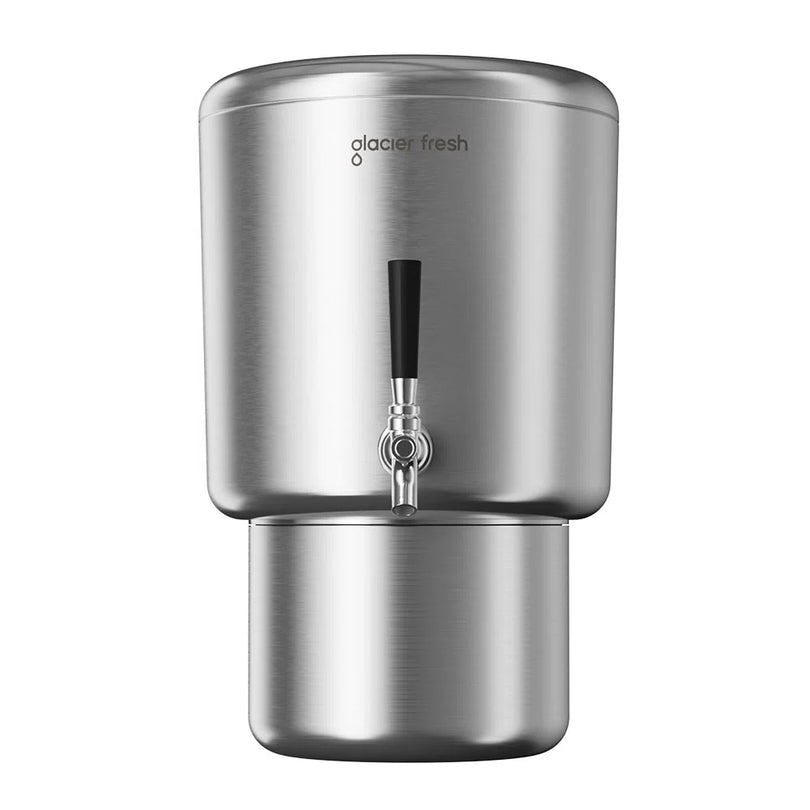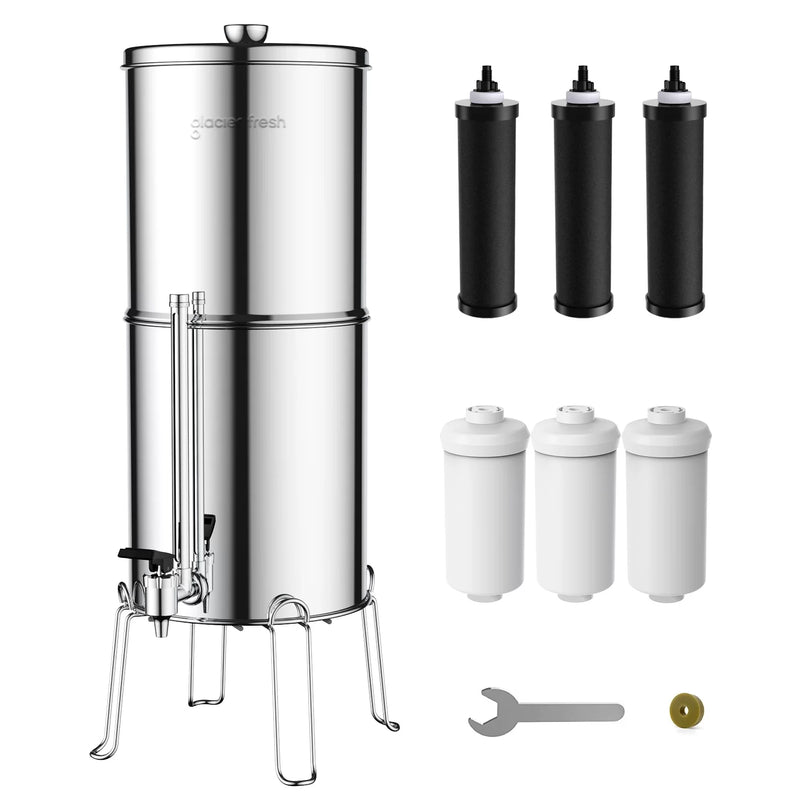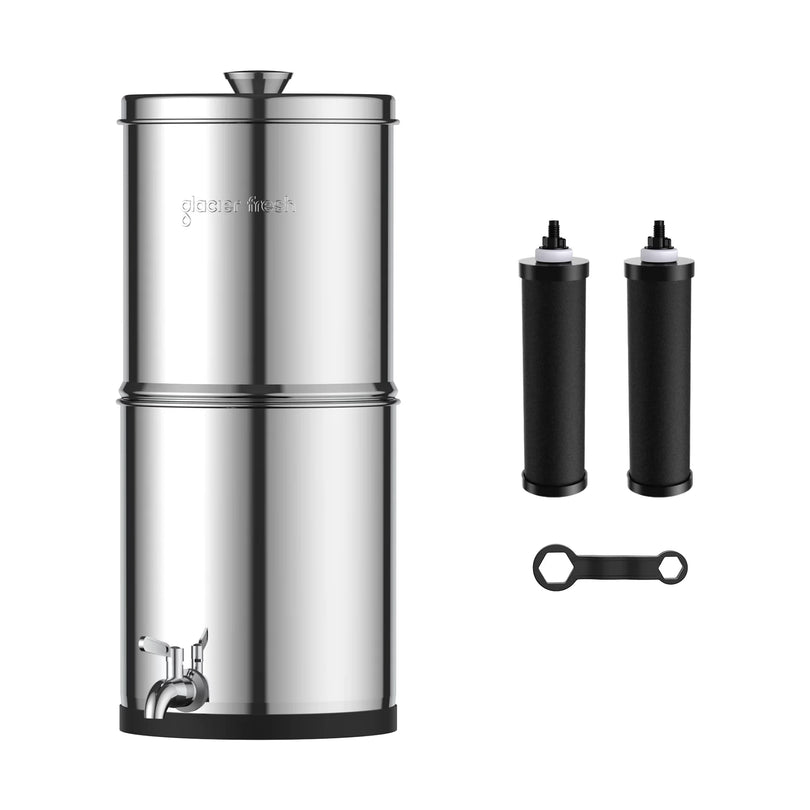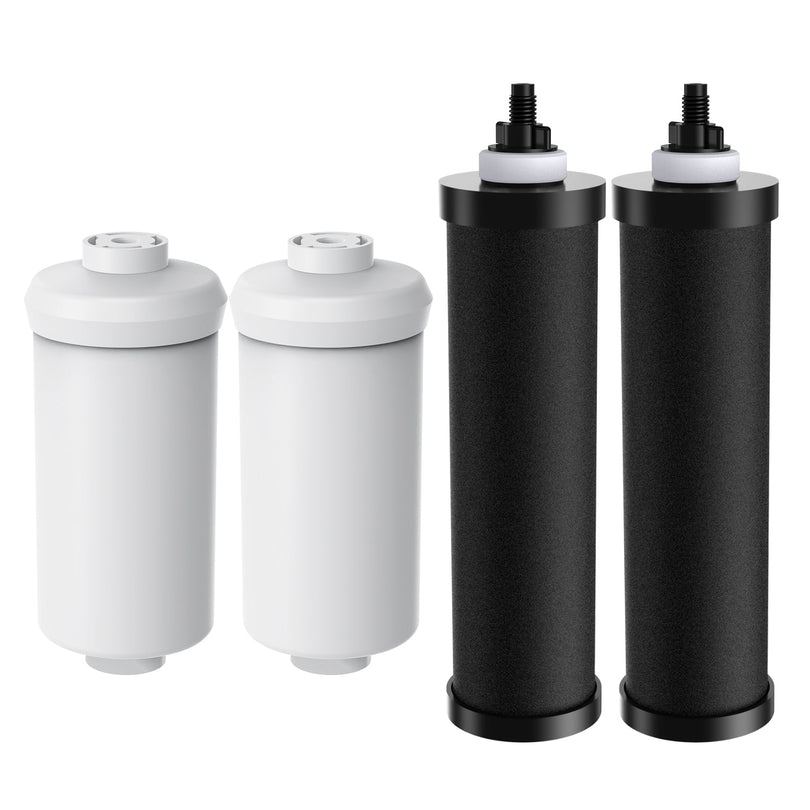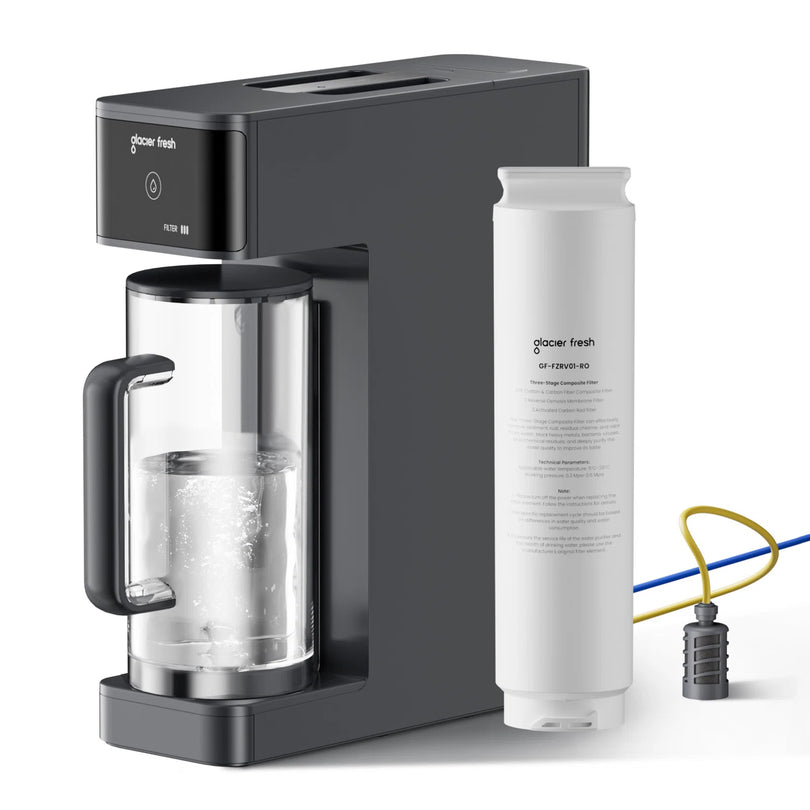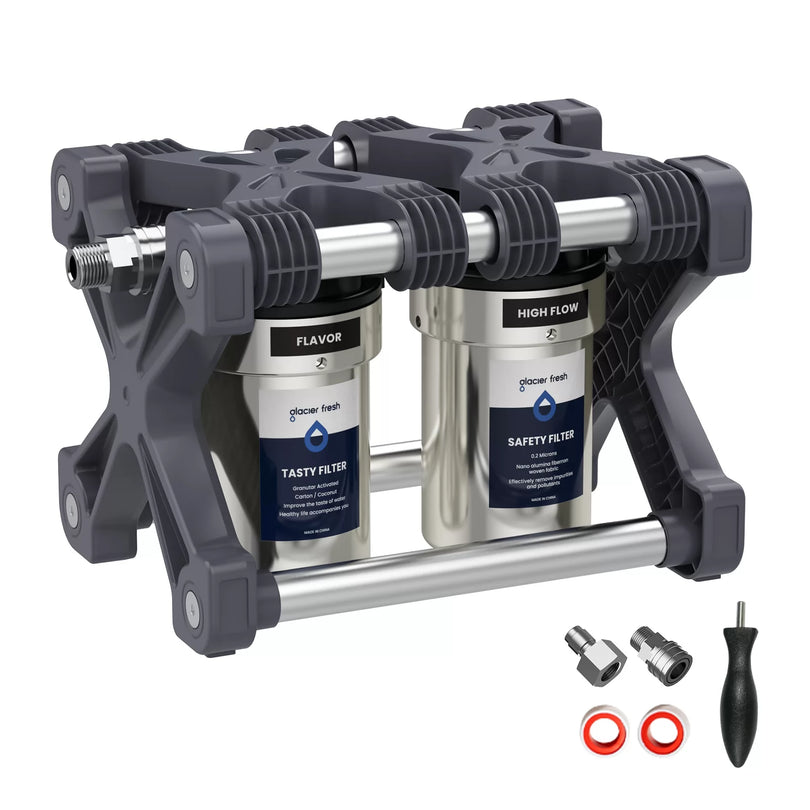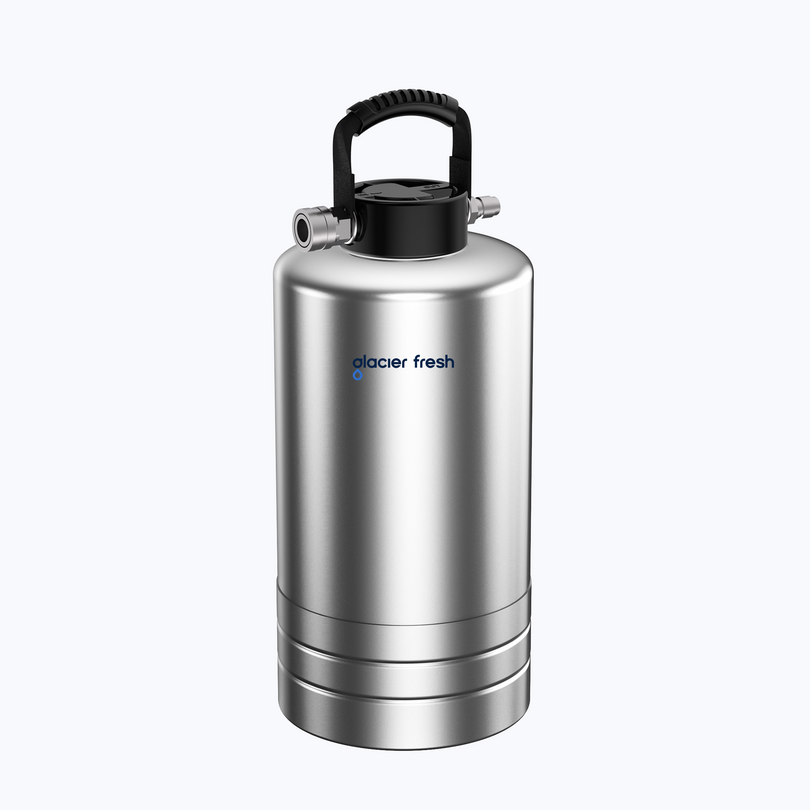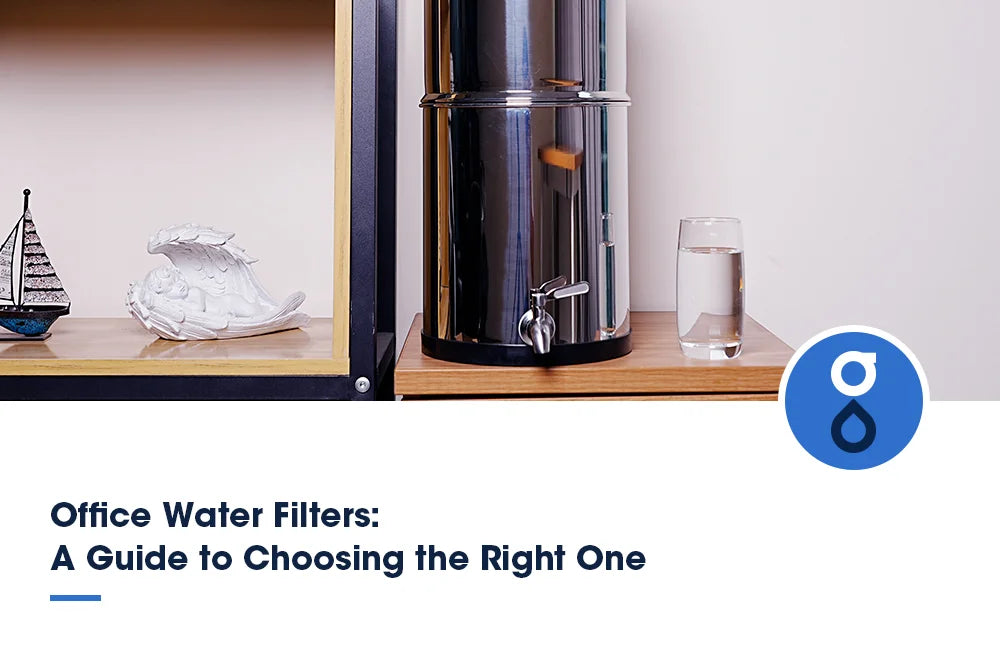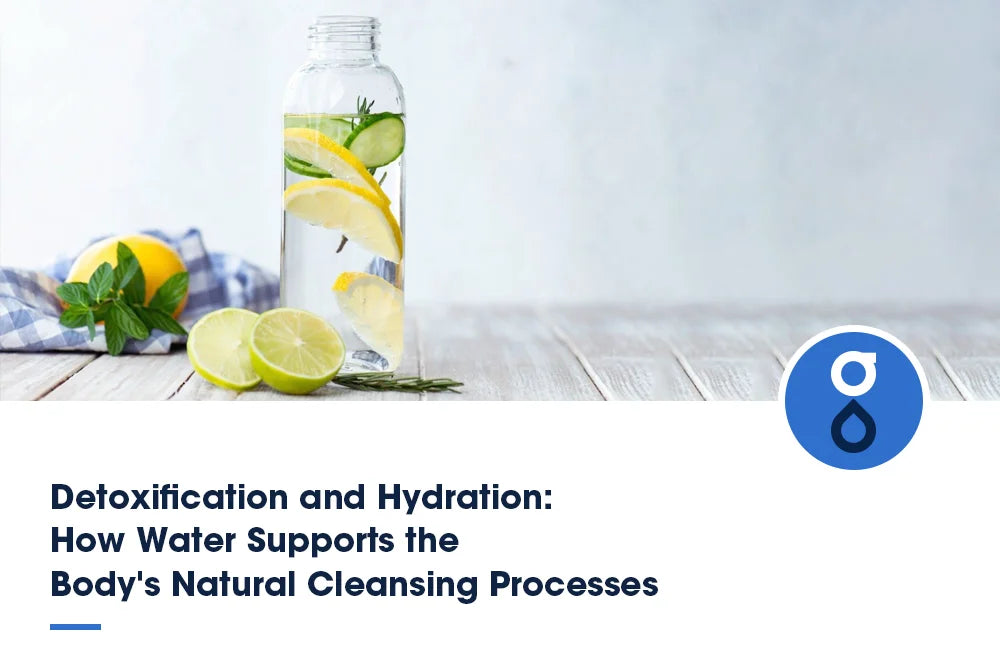Table of Contents:
What is reverse osmosis and its working principle?
What is distillation and its working principle?
Reverse osmosis vs. distillation: what`s the difference
Choose RO or distillation: factors need to consider
FAQs
Conclusion
Water is a fundamental resource essential for our survival. However, the quality of water available to us is only sometimes good. That is where water purification methods come into play. Two standard water purification methods, reverse osmosis and distillation, have gained popularity due to their effectiveness in removing contaminants and producing safe drinking water. In this article, we will compare and analyze the merits of reverse osmosis and distillation to determine which method reigns supreme in water purification.
What is reverse osmosis and its working principle?

Reverse osmosis is a water purification method that uses water pressure to drive water through a semi-permeable membrane, which acts as a barrier and separates contaminants from the water. This separation process is based on the differences in solute concentration on either side of the membrane.
The high pressure forces the water molecules to pass through the membrane, while contaminants are left behind, resulting in purified water on the other side. The membrane filtration in under-sink reverse osmosis system is crucial for achieving high purification efficiency, as it effectively blocks impurities such as bacteria, viruses, salts, and other harmful substances.
What is distillation and its working principle?

Distillation is a water purification method that involves separating contaminants from water through a process based on differences in boiling points. In distillation, water is heated to create steam, leaving behind impurities, and then the steam is condensed back into liquid form as purified water. Here is a breakdown of the principle of distillation:
- Heat and Evaporation: The water is heated to create steam, which contains only pure water molecules and leaves behind contaminants.
- Condensation: The steam is then cooled and condensed back into liquid form, resulting in pure distilled water.
- Pure Water Collection: The purified water is collected separately, ensuring it's impurities-free.
- Comparison with RO: Distillation involves boiled water to separate contaminants, while Reverse Osmosis (RO) uses a semi-permeable membrane to filter out impurities.
Distillation is one of the oldest water purification methods known for its effectiveness in producing clean, pure water.
Reverse osmosis vs. distillation: what`s the difference
Water quality
Understanding the key differences between reverse osmosis and distillation is crucial when comparing water quality. Here's how these methods stack up in terms of water quality:
- Health Benefits: Reverse osmosis effectively removes contaminants like lead, arsenic, and fluoride, providing clean and safe drinking water. On the other hand, distillation removes impurities by boiling water and collecting the steam, ensuring high purity.
- Environmental Impact: Both reverse osmosis and distillation consume energy, but distillation generally requires more electricity. Additionally, distillation may produce more wastewater compared to reverse osmosis.
- Efficiency Comparison: Reverse osmosis is typically more efficient in removing a wider range of contaminants, including dissolved salts, bacteria, and viruses, making it a preferred choice for many households.
- Maintenance Requirements of ro system: Reverse osmosis systems require periodic filter changes and membrane replacements for optimal performance. Distillation units also need regular cleaning to prevent mineral buildup and ensure continued purification.
Energy consumption
To understand the difference in energy consumption between reverse osmosis and distillation, consider how each method impacts your overall resource usage and environmental footprint. Reverse osmosis typically requires less power than distillation, making it more energy-efficient.
The environmental impact of reverse osmosis is lower in terms of its carbon footprint when compared to distillation due to the reduced energy requirements. Renewable energy sources for reverse osmosis systems can enhance energy efficiency and sustainability.
By implementing energy-saving practices and green technologies in reverse osmosis processes, you can contribute to minimizing waste and promoting sustainable water purification methods. Distillation, however, tends to have higher power consumption and, therefore, a larger carbon footprint.
Removal of contaminants
Regarding removing contaminants, both methods target various impurities present in water. Here is how they differ in tackling these contaminants:
- Chemical filtration: Reverse osmosis removes chemicals such as chlorine, fluoride, and other dissolved solids. Distillation also eliminates some substances but may not be as efficient as reverse osmosis.
- Microorganism removal: Reverse osmosis excels at removing bacteria, viruses, and other microorganisms due to its fine membrane filters. Distillation also eliminates many microorganisms but may not be as thorough as reverse osmosis.
- Heavy metal elimination: Both methods effectively remove heavy metals like lead, mercury, and arsenic, but reverse osmosis typically performs better in this regard.
- Pesticide reduction: Reverse osmosis efficiently reduces pesticides, herbicides, and organic compounds. Distillation can also reduce pesticides but may not be as effective as reverse osmosis.
- Sediment exclusion: Reverse osmosis is excellent at excluding sediment particles and providing clearer water. Distillation also removes sediment to some extent but may not be as thorough as reverse osmosis.
Taste and odor
For taste and odor, distinguishing between reverse osmosis and distillation can highlight their varying impacts on the flavor and smell of purified water. When it comes to water flavor, distillation tends to leave water with a flat taste due to removing minerals and other compounds contributing to its flavor profile. On the other hand, reverse osmosis preserves some minerals and salts, providing a more refreshing taste.
Aroma perception is also affected, with distillation potentially altering the natural scent of water more significantly compared to reverse osmosis. Taste preferences also play a crucial role, as some individuals may prefer the cleaner taste of reverse osmosis water. In contrast, others might enjoy the subtler flavor intensity of distilled water.
Scent evaluation is another factor to consider. Distillation may result in a more neutral aroma, while reverse osmosis can retain some of the original water's scent. Understanding these differences can help you choose the water purification method that best suits your taste and odor preferences.
Cost and sustainability
When considering the cost and sustainability factors of reverse osmosis and distillation, it is essential to evaluate their distinct impacts on budget and environmental footprint.
Cost effectiveness: Distillation systems have higher upfront costs due to the energy required for boiling water, while reverse osmosis systems are more affordable initially but may incur higher maintenance costs over time.
Environmental Iimpact: Distillation consumes more energy during the purification process, potentially leading to higher carbon emissions than reverse osmosis, which is more energy-efficient.
Long-term savings: Reverse osmosis systems generally have lower operating costs in the long run, making them a more cost-effective option despite their higher initial price tag.
Maintenance requirements: Distillation systems often require more frequent maintenance and replacement of parts like filters and heating elements, whereas reverse osmosis systems typically have lower maintenance needs, contributing to their eco-friendly appeal.
Choose RO or distillation: factors need to consider
Factors such as efficiency and water quality are crucial when deciding between reverse osmosis (RO) and distillation for water purification. Several key aspects need to be taken into account to make an informed decision.
Cost efficiency is a significant factor, with RO systems generally being more affordable to install upfront than distillation units. However, distillation's maintenance requirements are often lower, potentially balancing out the initial cost difference over time.
Environmental impact is another critical consideration. Distillation uses heat energy, which might have a higher carbon footprint than RO systems that rely on pressure for filtration. Water wastage is also a factor, with distillation typically resulting in more water loss than RO.
Space constraints should also be evaluated since distillation units tend to be bulkier than RO systems. By weighing these factors, you can determine which method best meets your needs and priorities.
FAQs
Can RO or distillation remove all types of contaminants?
When considering RO or distillation for water purification, assessing their effectiveness in removing contaminants is important. Both methods excel in purifying water but have treatment limitations that may impact water quality.
How do reverse osmosis and distillation impact the taste of water?
Regarding taste comparison, your aesthetic preferences play a key role. Distillation often removes minerals affecting flavor profiles, while reverse osmosis filters more subtly. Consumer perceptions vary, but both methods maintain water quality.
Conclusion
In conclusion, reverse osmosis reigns supreme over distillation when it comes to water purification methods. With its efficient removal of impurities, lower energy consumption, and clearer water output, RO offers a superior choice for safe and high-quality drinking water. Consider all factors, and you'll see why reverse osmosis is the best option for your water purification needs. Follow Glacier Fresh to find more water filtration solutions.





